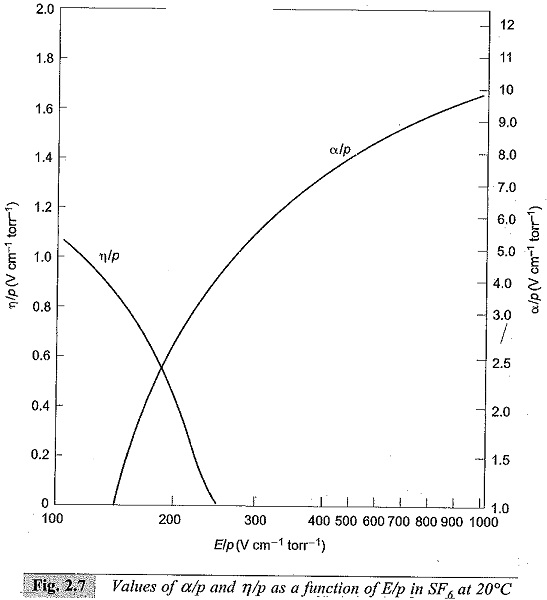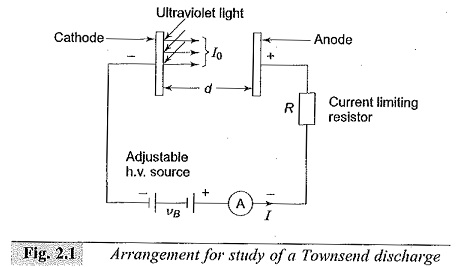Breakdown in Electronegative Gases
Breakdown in Electronegative Gases: It has been recognized that one process that gives high breakdown strength to a gas is the electron attachment in which free electrons get attached to neutral atoms or molecules to…

